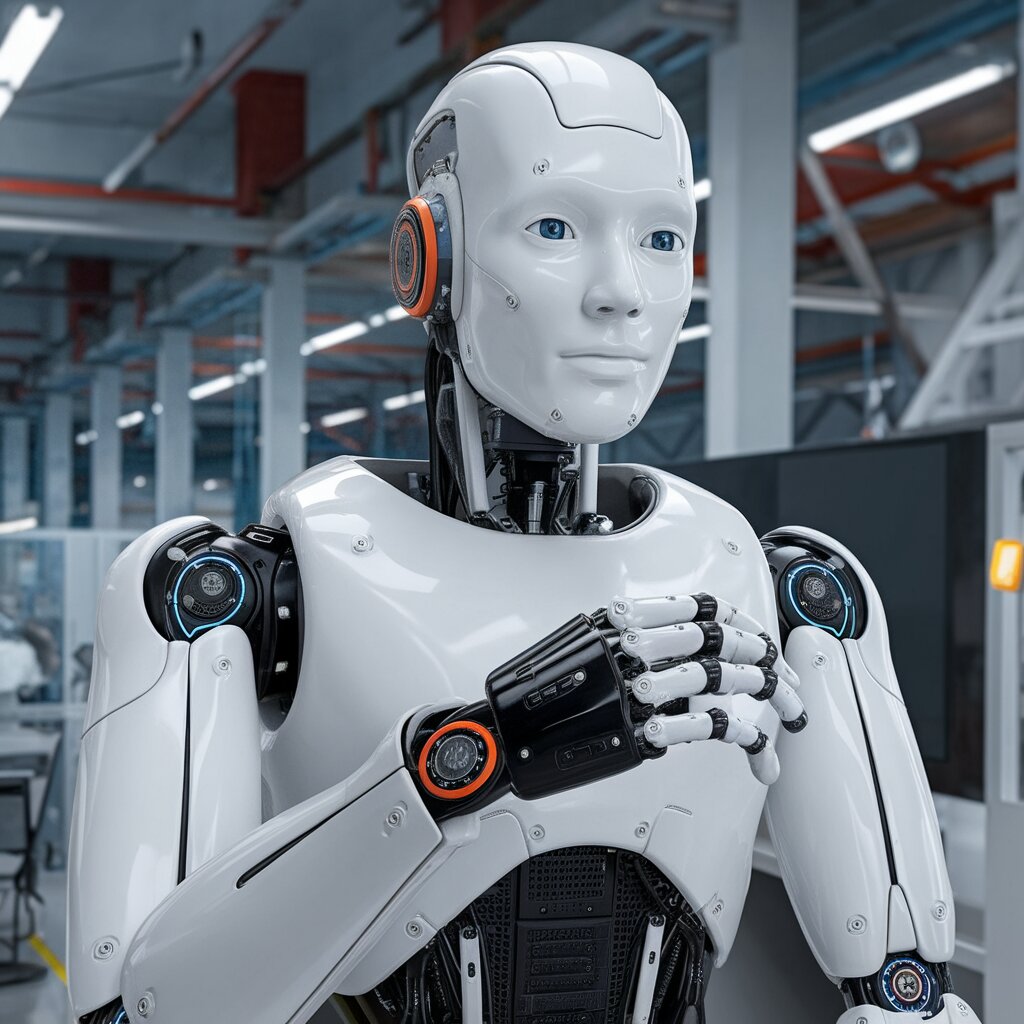The global robotic cells market is on the brink of explosive growth, with projections estimating an expansion by USD 61.04 billion from 2024 to 2028, according to the latest report from Technavio. The market’s impressive compound annual growth rate (CAGR) of 14.18% underscores the transformative impact of technological advancements, particularly in the integration of artificial intelligence (AI) and smart robotics. These innovations are not only revolutionizing industries but also driving significant market growth.
At the forefront of this development are smart robots, autonomous machines that leverage advanced technologies such as AI and machine learning (ML). These robots are designed to learn from human behavior and past experiences, enhancing their decision-making capabilities and operational efficiency. Major industry players are rapidly developing smart robots that can perform complex tasks like pick-and-place operations, machine tending, and quality inspections, often in collaboration with human workers. The integration of AI and ML also enables these robots to recognize human faces, emotional expressions, and hand gestures, further enhancing their utility in various applications.
The increasing deployment of smart robots in manufacturing facilities is a clear indicator of this trend. For instance, XPO Logistics has initiated the use of 5,000 smart robots for tasks such as picking, packing, and sorting materials. Government initiatives, particularly in Europe, are also playing a crucial role in promoting the adoption of smart robotics, with the UK government allocating substantial funds for the development of care robots. These combined efforts are expected to significantly enhance the capabilities of smart robots, including advancements in force sensing, speech recognition, and emotion sensing technologies, thereby fueling the growth of the global robotic cells market.
The broad adoption of robotic cells spans multiple industries due to their flexibility and seamless integration with digital technologies like the Internet of Things (IoT) and ML. Multinational corporations are making substantial investments in advanced robotics technologies as part of their automation strategies, incorporating collaborative robots that work safely and effectively alongside human workers. Industry 4.0 technologies, including cloud computing and data analytics, are enabling real-time monitoring and remote control of robotic cells, thereby enhancing operational safety and efficiency.
Despite these advancements, there are challenges that need to be addressed. The high cost associated with adopting robotic cells remains a significant barrier for many companies. System integrators, who play a pivotal role in deploying these technologies, must innovate to streamline processes and reduce costs. This includes optimizing pre-purchase processes, developing cost-effective training programs, and leveraging technologies such as virtual commissioning and offline programming to minimize the financial burden on end-users.
In the healthcare sector, robotic cells are being used in surgical procedures and automated pharmacy systems, while the logistics industry is seeing robots employed in last-mile deliveries and warehousing operations. The integration of IoT with robotic systems has led to significant improvements in remote monitoring and control capabilities, resulting in enhanced productivity and substantial cost savings.
Key market players driving these advancements include ABB Ltd., ABL Automazione Spa, Amtec Solutions Group Inc., Arcos Srl, Bystronic Laser AG, Carl Cloos Schweisstechnik GmbH, Desarrollo de Maquinas y Soluciones Automaticas SL, Evomatic AB, Hitachi Ltd., HUMARD Automation SA, among others. These companies are at the cutting edge of developing and deploying robotic solutions across various sectors, reinforcing the growing importance of robotic cells in the contemporary industrial landscape.
In summary, the robotic cells market is poised for substantial growth, driven by ongoing innovations in AI, ML, and IoT. While challenges persist, the continued integration of these technologies and supportive government initiatives are likely to propel the market forward, transforming multiple industries and paving the way for a more automated future.


